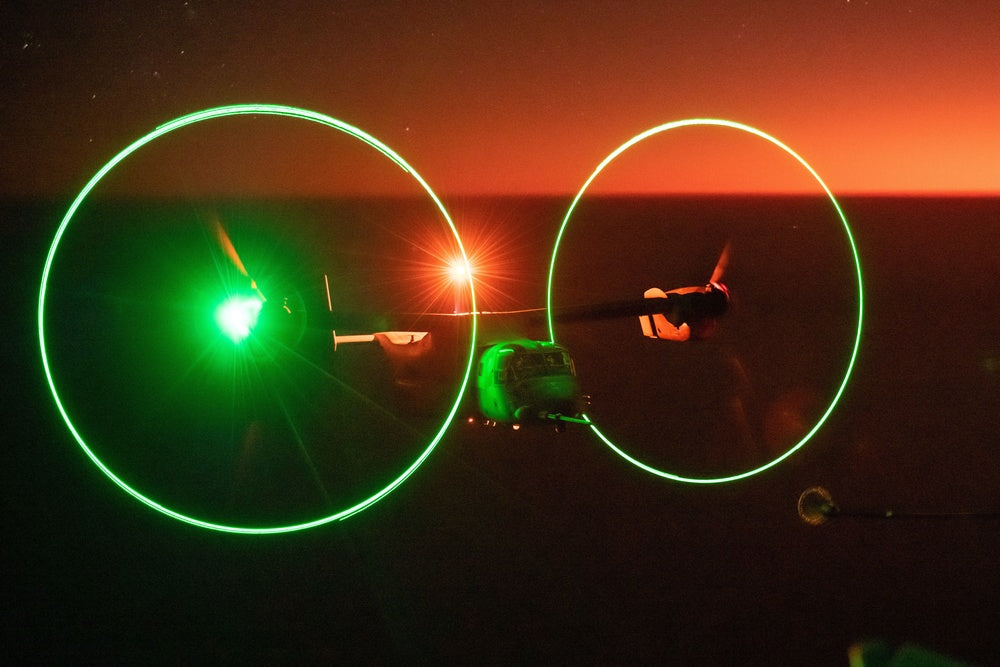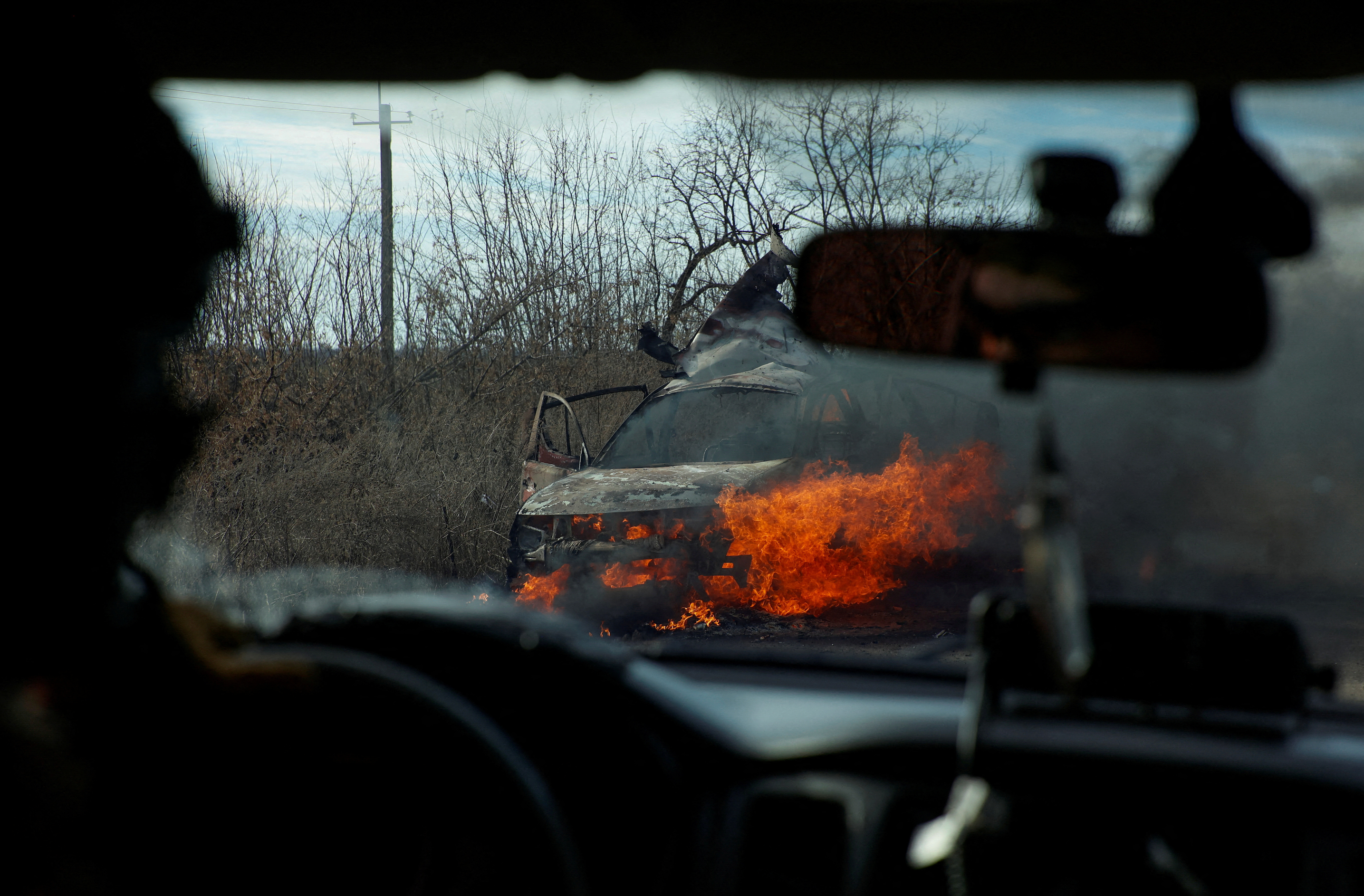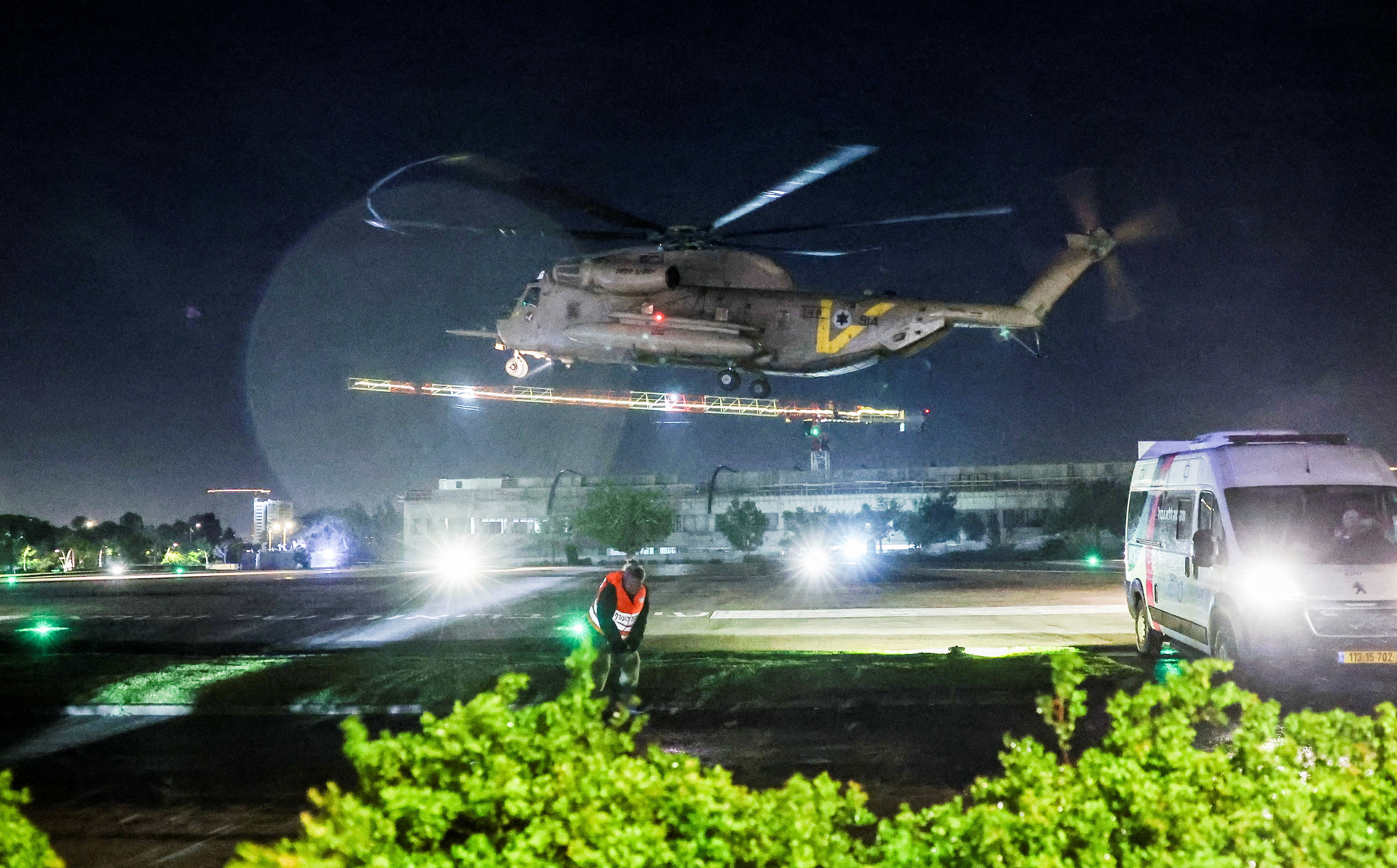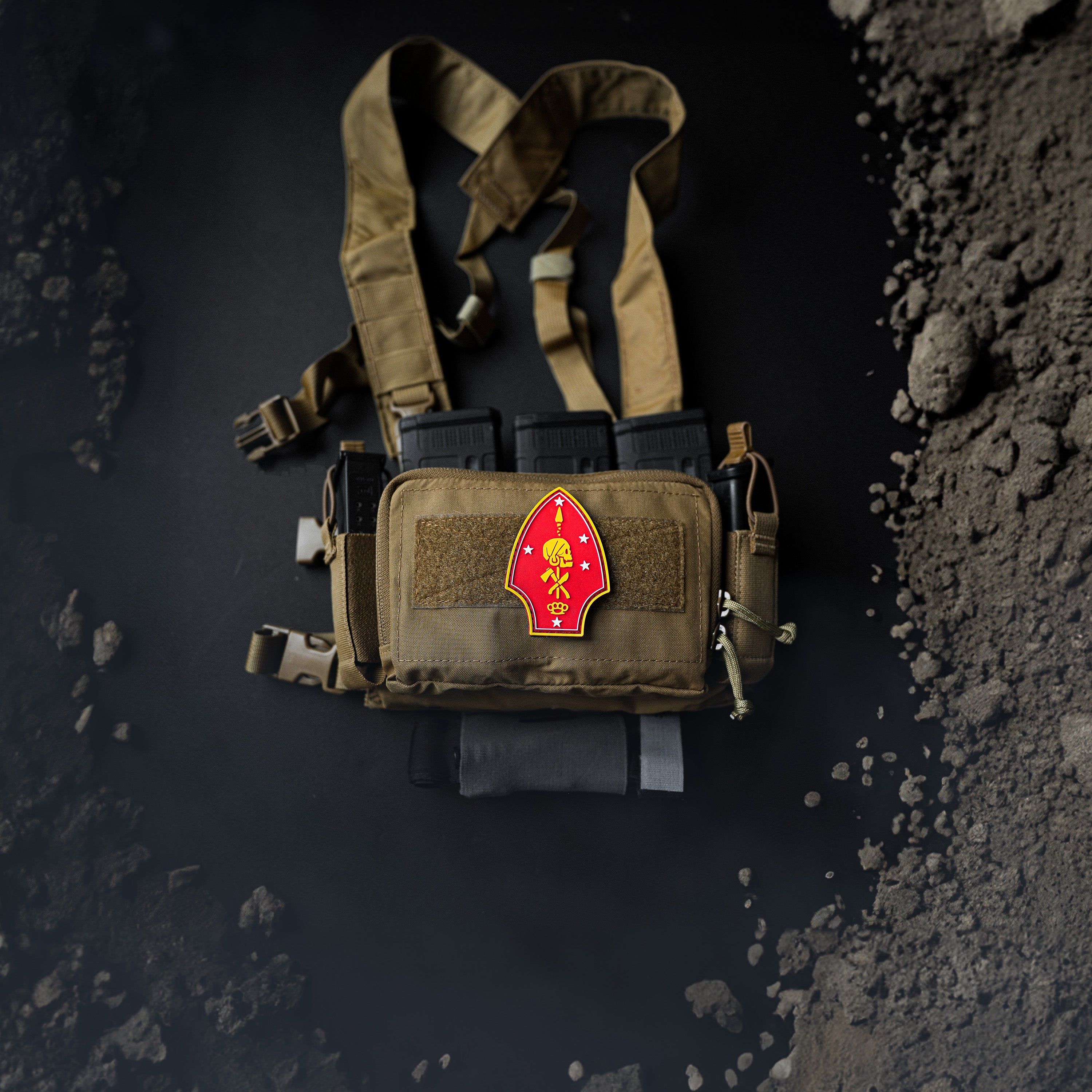
Japan asks US military to ground all Osprey aircraft after fatal crash
PHOTO CAPTION: A U.S. Marine Corps MV-22 Osprey conducts aerial refueling with a KC-130J Super Hercules aircraft above Northern Territory, Australia, Aug. 29, 2022. (U.S. Marine Corps photo by Cpl. Evan Jones via U.S. Defense Visual Information Distribution Service)
By Kantaro Komiya and Tim Kelly
TOKYO (Reuters) -Japan said it has asked the U.S. to suspend all non-emergency V-22 Osprey flights over its territory after one fell into the sea on Wednesday in western Japan, marking the country's first fatal U.S. military plane crash in five years.
The U.S. Air Force said the cause of the mishap during a routine training mission, which killed at least one person, is currently unknown. Search and rescue operations to find the remaining seven crew are still ongoing.
"The occurrence of such an accident causes great anxiety to the people of the region... and we are requesting the U.S. side to conduct flights of Ospreys deployed in Japan after these flights are confirmed to be safe," Japan defence minister Minoru Kihara said in parliament on Thursday.
The Japan Self-Defense Forces (SDF), which also operates Ospreys, will suspend flights of the transport aircraft until the circumstances of the incident are clarified, another defence ministry official said.
Speaking to reporters later in the evening, Kihara confirmed reports that the U.S. military was still operating its Ospreys, saying that Japan's regional defence bureau had counted 20 landings and takeoffs of Ospreys around U.S. bases by 3:30 p.m. on Thursday.
A spokesperson for U.S. military forces in Japan did not immediately respond to a request for comment.
"Our focus is on the ongoing search and rescue operations, and we're praying for a safe return," Rahm Emanuel, the U.S. ambassador to Japan, said in a post on X.
Witnesses said the aircraft's left engine appeared to be on fire as it approached an airport for an emergency landing in clear weather and light winds, media reported.
Developed by Boeing and Bell Helicopter, the hybrid V-22, which can land and take off like a helicopter and fly like a fixed-wing aircraft, is operated by the U.S. Air Force, Marines and Navy, and the SDF.
The deployment of the aircraft in Japan has been controversial, with critics of the U.S. military presence in the southwest islands saying it is prone to accidents. The U.S. and Japan say it is safe.
"It's very regretful and it should not happen at all," Kihara said to reporters on Thursday evening, when asked for his thoughts on the accident happening in the southwest region of Japan, where the U.S. Marines are largely based.
Japan hosts the biggest overseas concentration of U.S. military power, with the country home to the only forward-deployed U.S. carrier strike group, its Asian airlift hub, fighter squadrons and a U.S. Marine Corps expeditionary force.
In August, a U.S. Osprey crashed off the coast of northern Australia while transporting troops during a routine military exercise, killing three U.S. Marines.
Another crash-landed in the ocean off the southern island of Okinawa in December 2016, the first such incident in Japan, prompting a temporary U.S. military grounding of the aircraft.
The last fatal U.S. military aircraft crash in Japan was 2018, when a mid-air collision during a training exercise killed six people, according to the defence ministry.
(Reporting by Chang-Ran Kim, Kantaro Komiya, Tim Kelly, and Sakura Murakami; Writing by John Geddie; Editing by Kim Coghill, Gerry Doyle and Bernadette Baum)









